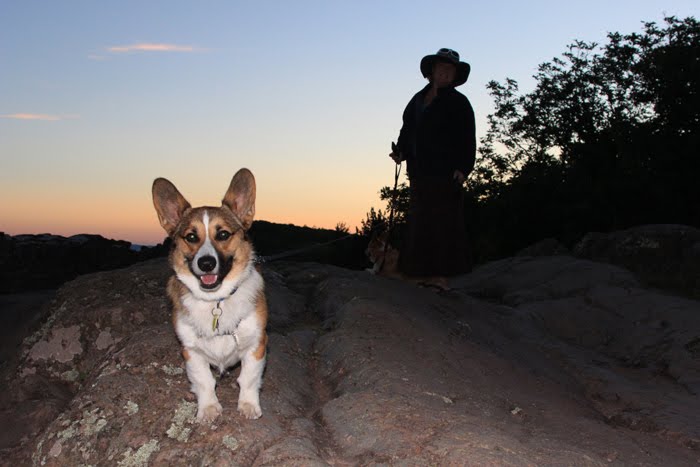Han Ximeng (seventeenth century), Chongzhen reign (1628-1644), Ming dynasty
Embroidery of the Gu family, first in an album of eight leaves, Masterpieces of Song and Yuan Dynasties,
Height: 33.4 cm, width: 24.5 cm
One Section of Washing Horse after Zhao Mengfu (Han Ximeng Song Yuan mingjice: Xima tu)----Embroidery in Bejing Palace Museum (Beijing Forbidden City)
One Section of Washing Horse after Zhao Mengfu (Han Ximeng Song Yuan mingjice: Xima tu)----Embroidery in Bejing Palace Museum (Beijing Forbidden City)
One Section of Washing Horse after Zhao Mengfu (Han Ximeng Song Yuan mingjice: Xima tu)----Embroidery in Bejing Palace Museum (Beijing Forbidden City)
The polychrome embroidery is based on the painting by the Yuan master Zhao Mengfu (1254-1322). On the right hand page of the folio, the picture is embroidered and painted on a white silk ground. In a pond under a willow tree, a groom is carefully washing his beloved dappled-grey with a brush. Plump and sturdy, the horse lifts its front leg and whinnies, seemingly excited by the bath.
It is a vivid embroidered interpretation of Zhao Mengfu’s painting. Stitches imitate the brush style of black dots on the white horse. Overlapping stitches, the signature stitch type of the Gu family, are used to present the horse’s body.
On the left half of the folio, the influential Ming connoisseur and painting master Dong Qichang (1555-1636) inscribed a colophon in ink. His high praise for the embroidery includes the comment that it is so vivid that it “pursues lightening and chases clouds”. Dong Qichang was the artistic mentor of Gu Shouqian, the husband of lady Han Ximeng.
Lady Han Ximeng, the wife of the grandson of the establisher of Gu family embroidery, was an outstanding embroidery artist who pursued the spirit of the design by combining polychrome needlework with paint.
http://www.chinamuseum.info/2009/08/embroidery-in-bejing-palace-museum-beijing-forbidden-city-washing-horse-after-zhao-mengfu-han-ximeng-song-yuan-mingjice-xima-tu/

This is an amazing article for all the newbie of embroidery field and you have mentioned complete embroidery things in this blog with efficiency Appreciated!. digitizing services provider really need to improve their skill from it.
ReplyDelete